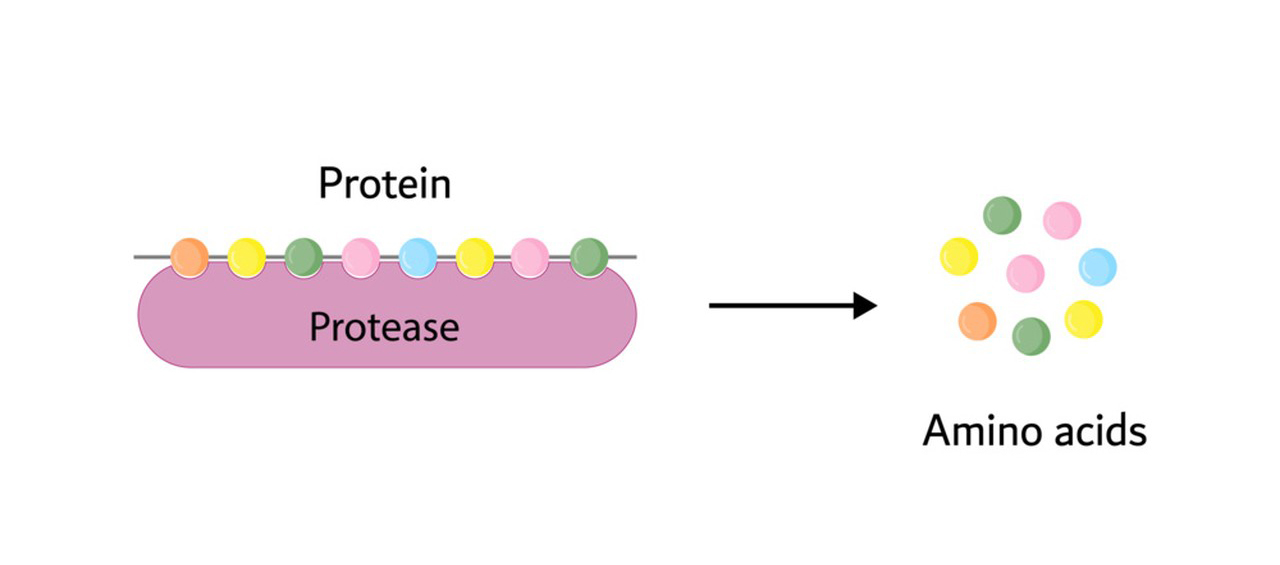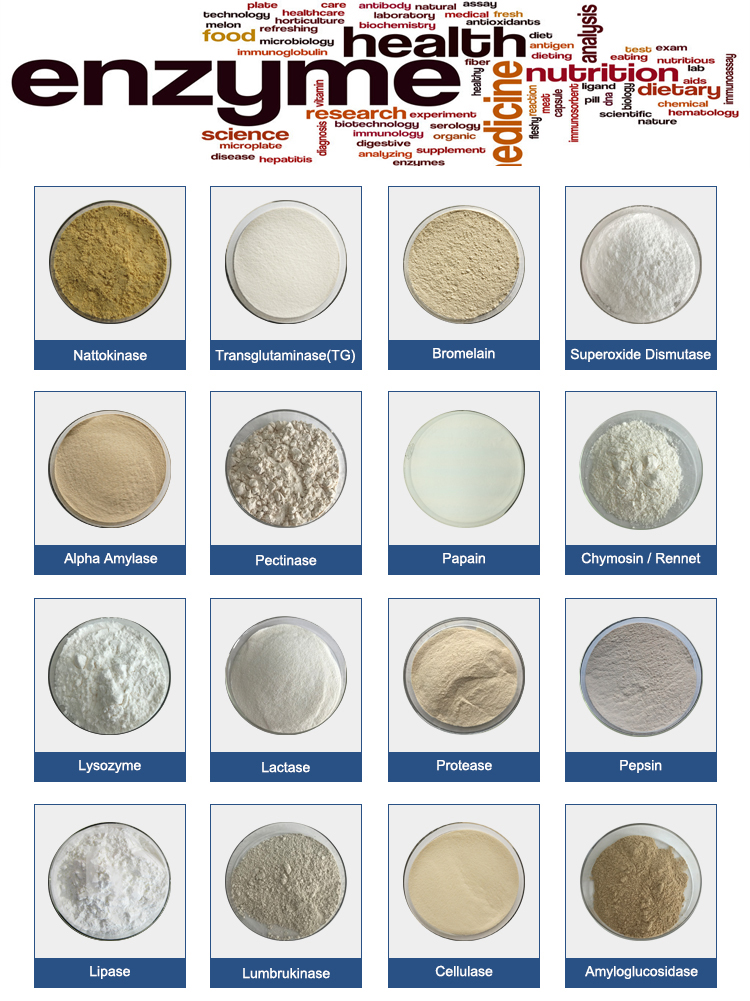The detection of proteases can be important in various fields, including research, clinical diagnostics, and biotechnology. Proteases are enzymes that cleave peptide bonds in proteins, and their activity can be measured using various methods. Here are some common methods for detecting protease activity:
1.Substrate Cleavage Assays:
Fluorogenic Substrates: These are synthetic peptide substrates that have a fluorescent group attached to one end and a quencher at the other. When the protease cleaves the substrate, the fluorophore is released, leading to an increase in fluorescence that can be detected using a fluorescence reader.
Colorimetric Substrates: Similar to fluorogenic substrates, these substrates release a colored product when cleaved. The color change can be measured using a spectrophotometer.

2.Gel-Based Assays:
SDS-PAGE (Sodium Dodecyl Sulfate-Polyacrylamide Gel Electrophoresis): Protease activity can be assessed by running proteins on an SDS-PAGE gel and looking for changes in the protein bands due to cleavage by proteases.
3.Mass Spectrometry:
Mass spectrometry can be used to detect the appearance of cleavage products when proteases cleave specific peptide substrates or protein samples.
4.Zymography:
Zymography is a specialized gel electrophoresis technique where proteases are separated by size and then the gel is incubated to allow protease activity. Protease activity is detected by the degradation of specific substrates incorporated into the gel.
5.Western Blotting:
In some cases, protease activity can be detected by Western blotting, which can reveal changes in protein fragments due to protease cleavage.
6.Fluorescence Resonance Energy Transfer (FRET):
FRET assays involve labeling a substrate with a donor and an acceptor fluorophore. When the substrate is cleaved by a protease, the proximity between the fluorophores changes, leading to a change in FRET signal.
7.Bioluminescence Resonance Energy Transfer (BRET):
Similar to FRET, BRET assays use bioluminescent and fluorescent proteins to measure protease activity by detecting changes in energy transfer upon cleavage.

8.Enzyme-Linked Immunosorbent Assay (ELISA):
ELISA can be adapted to measure protease activity using specific antibodies that detect cleaved products or changes in protein conformation.
9.NMR (Nuclear Magnetic Resonance):
NMR can be used to study changes in the structure of proteins and peptides upon protease cleavage.
10.Bioinformatics and Computational Methods:
Bioinformatic tools can be used to predict potential protease cleavage sites within protein sequences. In silico methods can be helpful in identifying potential protease substrates.
The choice of method depends on the specific research or diagnostic goals, the nature of the protease being studied, and the available equipment and resources. Researchers and clinicians often select the most appropriate method based on their specific needs and the sensitivity and specificity required for their experiments or assays.
